
Knockoff
The Deadly Trade in Counterfeit Goods
Recommendation
When the voracious consumer society meets the international market in fake goods, the demand is massive, particularly since buyers covet brand image over quality or authenticity. That’s the force behind the billion-dollar market in counterfeit designer goods, but it does not explain the demand for phony industrial goods. That market is based on price alone. The two markets combine to create a huge problem that author Tim Phillips examines at the global level. Phillips certainly has done his legwork, as this book - which is written in a journalistic style that could have been tighter - makes clear. He takes us to flea markets in Russia, warehouses in Manhattan, cottages in China, and the offices of police and regulators worldwide to show how pirated luxury consumer goods, software and industrial parts are bought and sold to suspecting and unsuspecting consumers worldwide. He provides names, places and details of the crimes. getAbstract finds this informative treatment of a pervasive global problem both enlightening and disturbing, and recommends it to people in supply line logistics, branding, corporate intellectual property and law enforcement.
Summary
About the Author
Business journalist and broadcaster Tim Phillips has been published in The Wall Street Journal Europe, the International Herald Tribune, the Guardian and the Observer. He regularly appears on the BBC TV and Sky News. He is the co-author of Scoring Points.









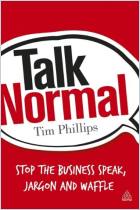
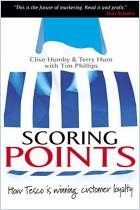

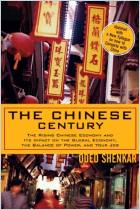
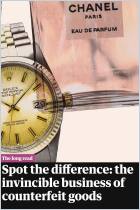
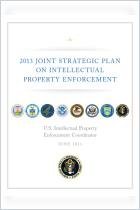
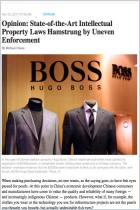
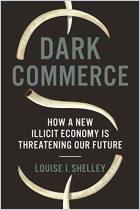




Comment on this summary or 开始讨论